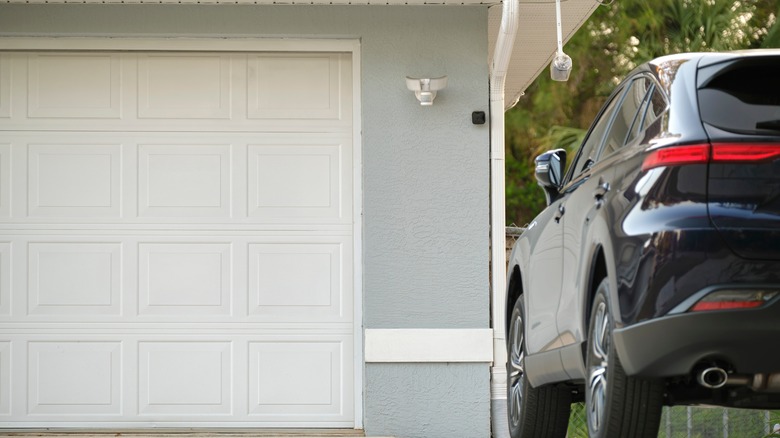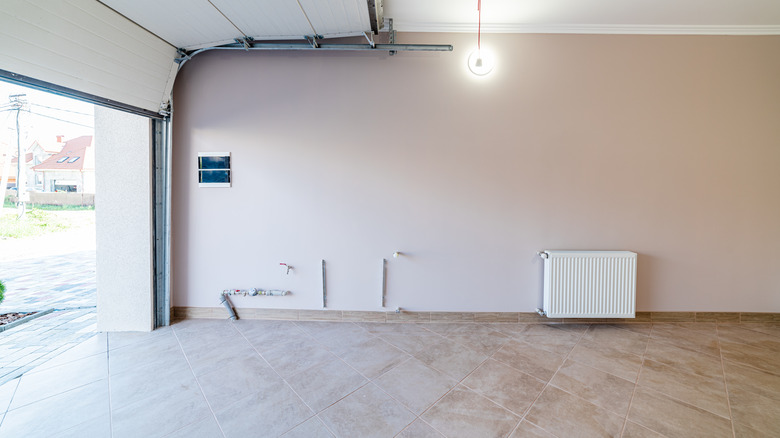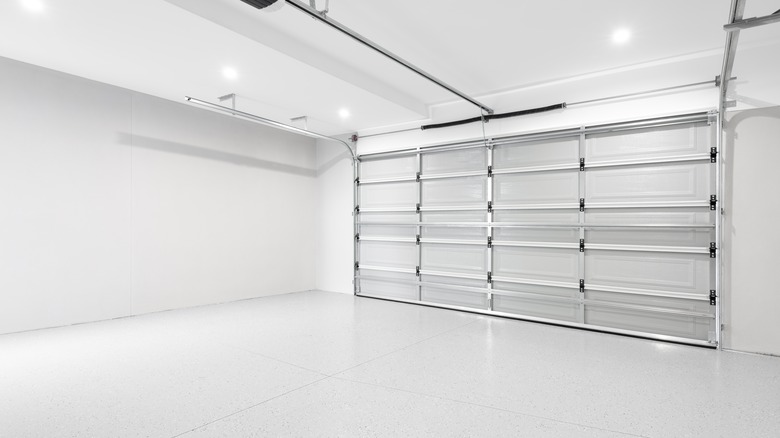Should You Insulate Your Garage Door?
As one of the biggest openings to the outside world in a home, one might wonder whether insulating your garage door is a good or practical idea. According to experts, the answer to that question depends on several factors, including the climate, how the space is used, and whether it is a freestanding or attached garage.
While the first impulse may be to insulate your garage door to maintain a comfortable temperature inside the home, whether or not you need to may depend on a variety of considerations. Garage temperatures will often fluctuate wildly depending on the amount of use and daily traffic, as well as the climate you live in. As a result, the door, which basically serves as an entire open wall, will impact the temperature range of the garage itself. This bleed can affect energy consumption and household costs. As an added bonus, insulation can help manage moisture by creating an additional barrier between the outside world and a critical part of your home. If you've ever noticed mold in your garage, you already know how important this can be.
Cost and benefits of insulated garage doors
Homeowners might be surprised to learn that insulating the garage door might not be the best solution. Adding insulation, or purchasing a ready-made insulated door, may not balance out any potential gains in your heating and cooling bill. While it's hard to say no to added comfort, adding insulation to an existing door is often expensive and time-consuming. A common form of insulation involves applying spray fiberglass material. Unfortunately, the way the door opens can lead to wear and cracking over time.
For freestanding garages, the answer depends on whether or not the structure is heated or cooled on its own. If it is, insulating all four sides would make a difference in extra costs and energy use, making it a sound investment. If you do not heat or cool this space, then insulation may still be necessary. Suppose you spend time in your garage all year and wish to control the temperature more carefully. Adding insulation would make sense for a garage that is converted into a home fitness setup, playroom, or craft studio.
What to do instead
For an attached garage, experts suggest insulating the rest of the garage as much as possible, including the walls, ceilings, and floors. Make sure to seal any cracks and windows to help the space maintain a constant temperature inside. You can use traditional inexpensive pink insulation batting for the walls and ceiling. When applying a flooring surface, use insulation and a vapor barrier between the concrete slab and the new floor.
You should also look at the barrier wall between the home and the garage and ensure it is as draft-free and insulated as much as possible so that air is not escaping into the garage or vice versa. It is not only cheaper and easier to take these steps on the barrier wall, but they also have more impact overall on heating and cooling inside the home. This may not seem like a big deal when the weather is pleasant outside, but many homeowners regret not winterizing their homes once frigid weather comes to town.


